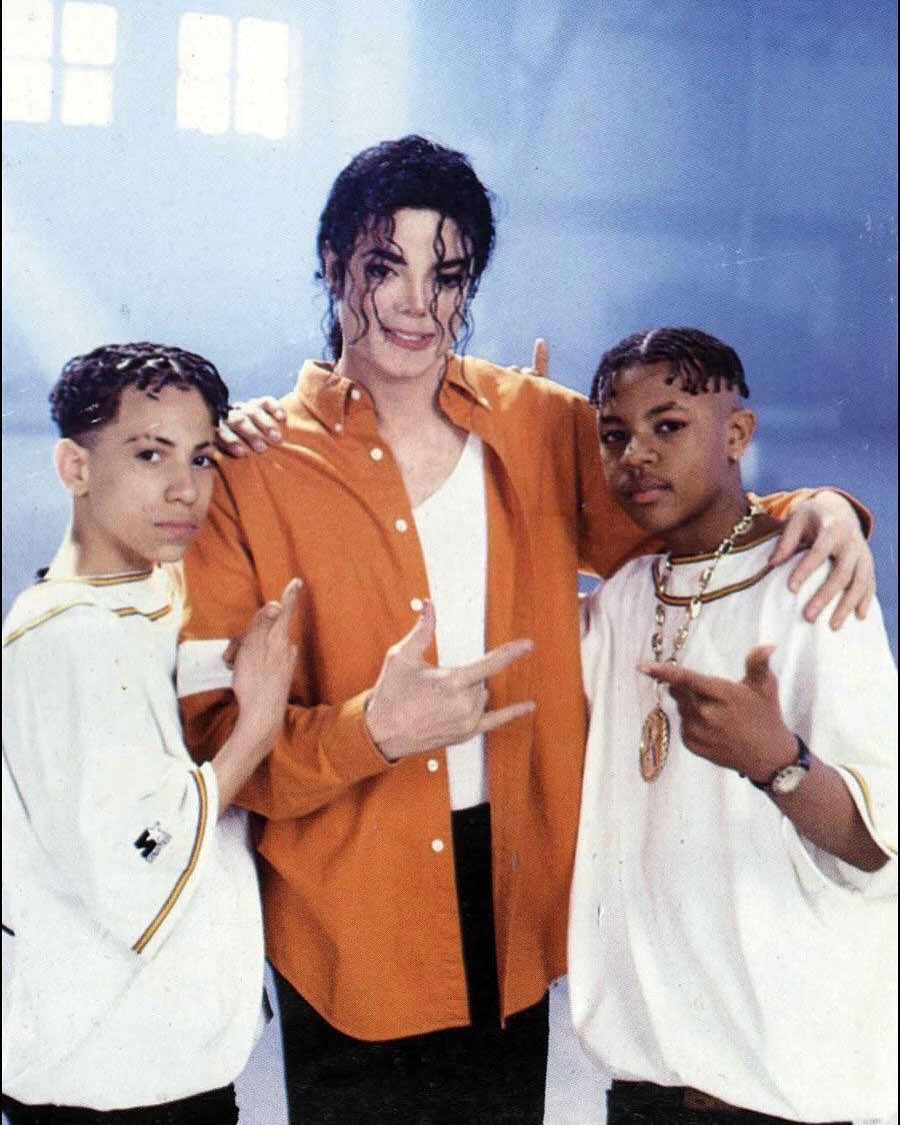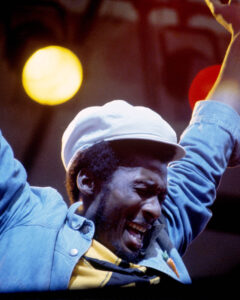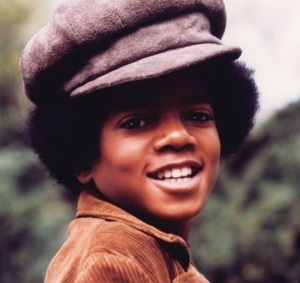How Michael Jackson Helped Shape Hip Hop: Nas, Biggie & More
Michael Jackson’s Impact on Hip Hop: From Free Samples to Rap Collaborations and Cultural Crossovers
Michael Jackson is often labeled strictly as the King of Pop, but his influence on hip hop culture is immense, multi-layered, and often overlooked. Decades before hip hop dominated global entertainment, Jackson embraced the artform, collaborated with key rappers, opened industry doors, and inspired generations of MCs and producers. His contributions weren’t only musical—they were visual, cultural, and foundational.
Here is a detailed look at how Michael Jackson helped shape hip hop.
1. The Iconic “Human Nature” Sample: Nas Gets It for Free
One of the most famous intersections between Jackson and hip hop comes from Nas’ “It Ain’t Hard to Tell.”
Producer Large Professor wanted to sample “Human Nature.” Normally, such a high-profile sample would cost a fortune or get blocked entirely.
Instead, Michael Jackson’s team—and reportedly Michael himself—greenlit the sample for free, impressed by Nas’ creativity and vision.
This generosity helped cement Illmatic as a masterpiece and demonstrated Jackson’s respect for emerging hip hop talent.
and keep in mind, NAS was new and virtually unknown when he made this.
Mike did him a big favor especially for an unknown random artist from Queens.
— ### (@tbeezy4x) November 21, 2025
2. Collaboration With The Notorious B.I.G.
Jackson’s 1995 track “This Time Around” features a standout verse from The Notorious B.I.G.
At a time when hip hop was still portrayed as dangerous or controversial, Jackson collaborating with Biggie sent a powerful message:
Hip hop belonged at the center of mainstream music.
Jackson didn’t just dabble—he brought the top rapper in the world into his world of global pop superstardom.
View this post on Instagram
3. The “Jam” Music Video: A Hip Hop Cultural Time Capsule
Released in 1992, the “Jam” music video is one of Jackson’s most important contributions to hip hop visuals.
The video featured:
-
Michael Jordan – merging basketball culture and hip hop energy
-
Heavy D – performing the rap verse
-
Kris Kross – appearing in cameo scenes
-
Naughty by Nature – making cameo appearances, boosting the visual connection to hip hop
These cameos weren’t just token appearances. In 1992, Kris Kross and Naughty by Nature were at their commercial peak, representing the younger, energetic side of hip hop. Jackson’s willingness to put them on screen next to him and Jordan elevated the genre’s visibility to a global audience.
Additionally:
-
KRS-One appears on an alternate version of “Jam” (audio), not the main video.
“Jam” visually blended street culture, high-end production, and dynamic performance in a way that set a standard for future hip hop music videos.
It showed that rap artists belonged in the biggest pop moments on Earth.
View this post on Instagram
4. Breaking MTV’s Racial Barriers — Paving the Way for Hip Hop
Before Thriller, MTV largely excluded Black artists. Jackson’s dominance forced open the door.
As a result, hip hop artists later benefited from:
-
Equal access to MTV rotation
-
High-budget visual storytelling styles
-
Global exposure through pop-format channels
Run-D.M.C., LL Cool J, Public Enemy, N.W.A, Tupac, Biggie, and Wu-Tang all walked through the same door Jackson kicked down.
5. Shaping the Sound of Hip Hop Producers
Michael Jackson’s rhythmic style, vocal layering, and dance grooves influenced the sound of many hip hop producers, including:
-
Timbaland
-
Pharrell / The Neptunes
-
Kanye West
-
Teddy Riley (who merged new jack swing with hip hop and worked directly with MJ)
Producers have repeatedly cited Jackson’s sense of rhythm, melody, and experimentation as foundational to the evolution of hip hop production.
6. Embracing Rap Across His Catalog
Jackson featured numerous rappers in his music long before it was common for pop stars to do so:
-
Heavy D — “Jam”
-
The Notorious B.I.G. — “This Time Around”
-
Shaquille O’Neal — “2 Bad” remix
-
Jay-Z — “You Rock My World” remix
-
Fabolous & Twista — “Is This Scary” remix (unofficial / later versions)
-
Will.i.am — collaborator during the Thriller 25 sessions
This made Jackson one of the earliest major pop acts to consistently integrate hip hop voices into his albums.
7. Influence on Hip Hop Dance Culture
Hip hop dance crews borrowed heavily from Jackson’s:
-
Popping
-
Locking
-
Robotic movements
-
Isolations
-
Footwork
Many hip hop dancers consider Jackson the bridge between street dance and global performance art.
ALSO CHECK OUT THE BREAKIN LEGEND WHO TAIGHT MICHAEL JACKSON
Michael Jackson Was a Pillar in Hip Hop’s Rise
From opening doors at MTV, to spotlighting emerging MCs, to letting Nas sample a classic record for free, to giving rappers cameos in global music videos, Michael Jackson’s impact on hip hop is undeniable.
He wasn’t just influenced by the culture—he actively elevated it.
Where pop and hip hop intersect today, Michael Jackson was already there decades earlier, building the blueprint.
Conclusion: Michael Jackson Was Never “Just Music”
Kid Cudi, in a now-deleted post, described Michael Jackson as “just music,” while expressing a desire to be remembered across multiple creative fields:
“Michael was the greatest, but he was just music.” pic.twitter.com/X8btyHQbrX
— Kurrco (@Kurrco) November 21, 2025
While some may frame Michael Jackson mainly as a pop icon, his contributions to hip hop are undeniable and far-reaching. He supported young MCs, collaborated with legends, transformed the visual language of hip hop, and influenced entire generations of producers and performers.
From Nas to Biggie, from Heavy D to Jay-Z, and from MTV to global culture—Michael Jackson helped shape the rise of hip hop long before the world recognized how powerful the genre would become.
His legacy continues to echo through the beats, visuals, and innovation that define hip hop today.
Share this content:














Post Comment